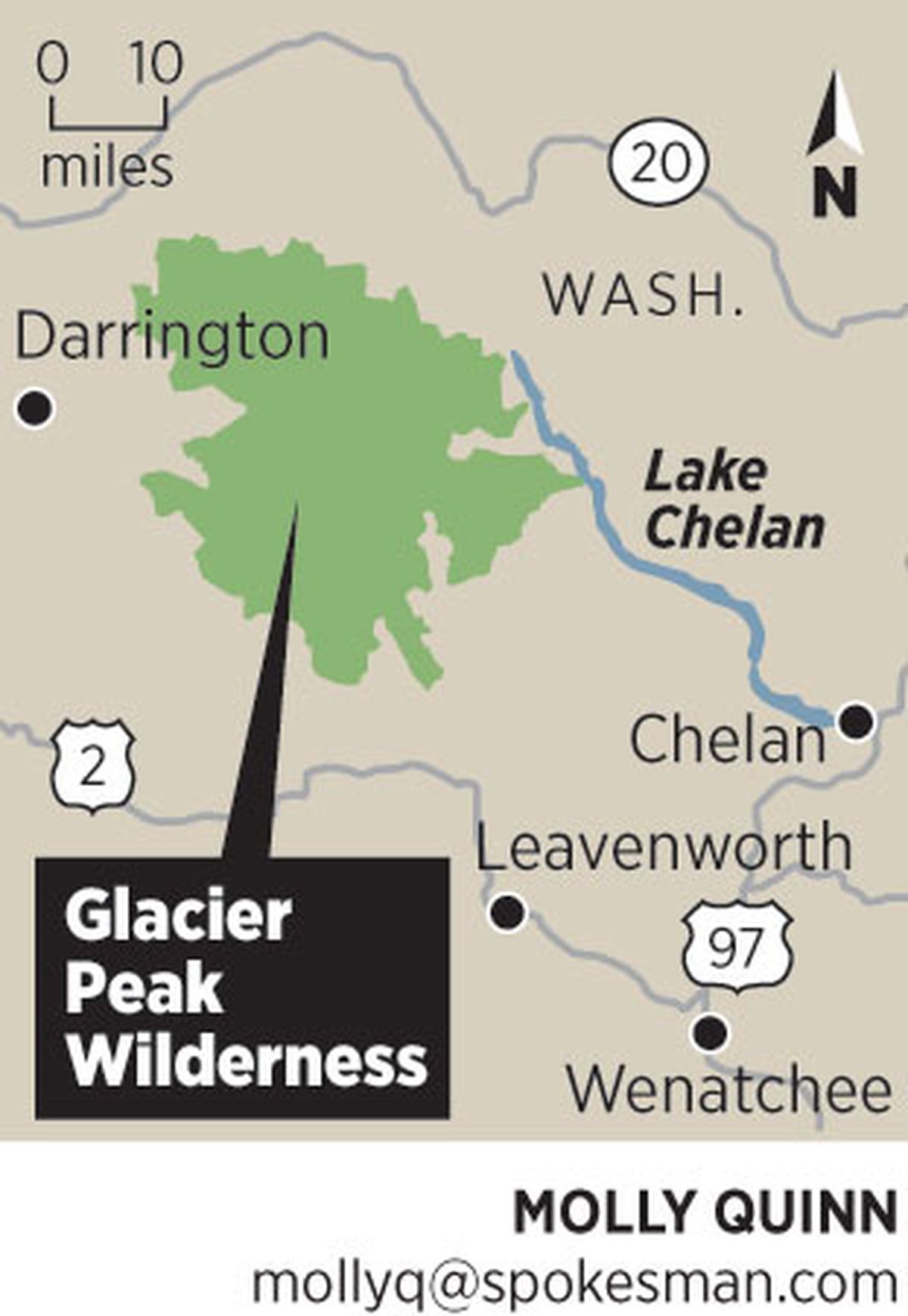Should Image Lake be reopened to crowds of hikers?

The iconic view of Glacier Peak reflected on Image Lake last Saturday was especially remarkable because three Spokane Mountaineers were the only people camping at the prized destination in the Glacier Peak Wilderness.
Although Glacier Peak is just 70 air miles from Seattle, the huge would-be contingent of West Side visitors must make a long drive to Eastern Washington and hike a day or two to reach the shallow alpine lake perched on Miners Ridge.
Supreme Court associate justice and wilderness advocate William O. Douglas used a much shorter route to the lake when he protested a copper mine in the area.
Thousands of backpackers also followed that route up from the Suiattle River Road, which provided the wilderness area’s most popular access leading to seven trailheads until floods in 2003 and 2006 washed out sections.
An expensive plan to rebuild the road out of Darrington is backed by a large contingent of West Side hiking and environmental groups. Wilderness purists oppose rebuilding the road. Groups sued to stop reconstruction, but were denied.
“Do conservationists have any right, let alone responsibility, to protect wilderness areas by working to keep people out of them?” asks Seattle Times columnist Ron Judd in a story published last week as the Spokane group was beginning a four-day trek that skirted the headwaters of the Suiattle drainage.
“With the federal Wilderness Act turning 50 next year, and the old ‘multiuse’ (logging) road web crumbling, which of those roads should be maintained, and who picks up the check?”
With Forest Service budgets crumbling like the road systems they manage, access to the state’s most rugged wilderness has become highly restrictive to the state’s major population base.
The White Chuck River Road also has been washed out. That leaves North Fork Saulk River Road 49 off the Mountain Loop Highway as the main access for climbers seeking Glacier Peak’s summit.
But it doesn’t get them close to Image Lake.
Even from Eastern Washington, which sports 14 trailheads into the wilderness, hikers must devote two days to reach Image Lake.
Any wilderness advocate could have mixed emotions about building a road that will invite crowds to these fragile alpine shores and limited camping sites – especially if you’ve experienced what it’s like to be there alone.